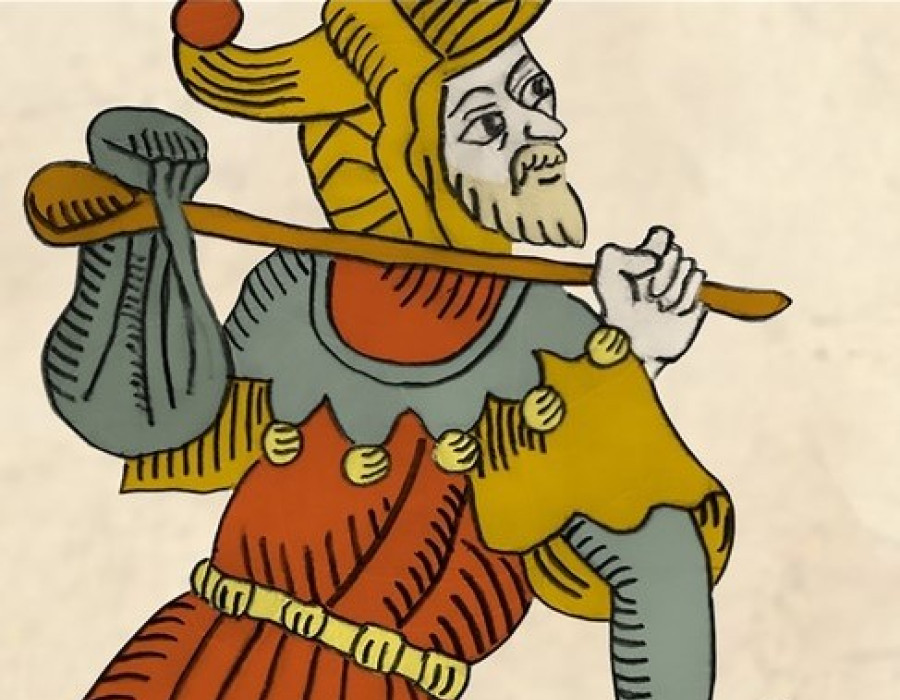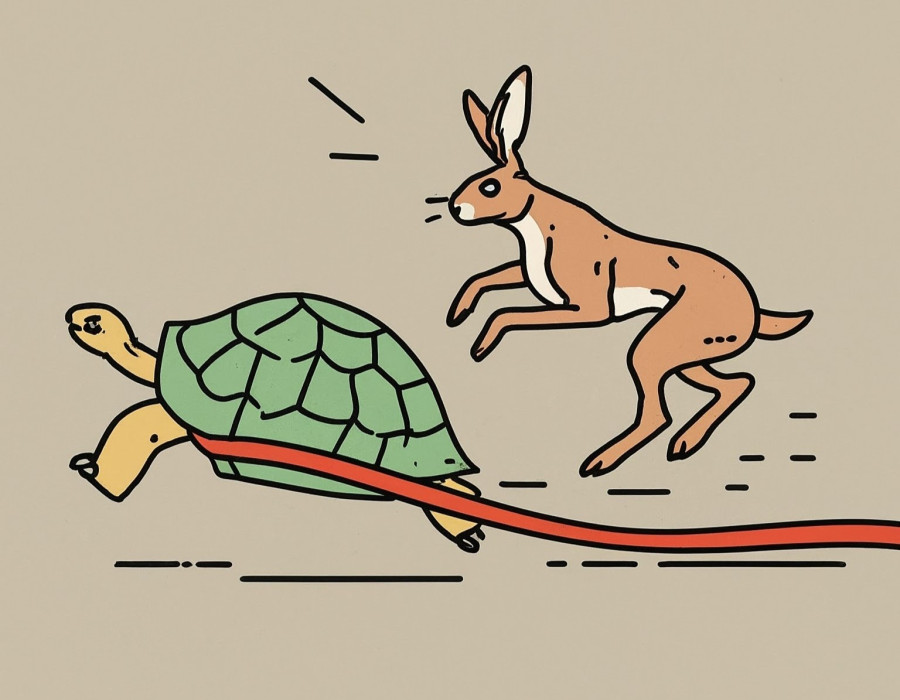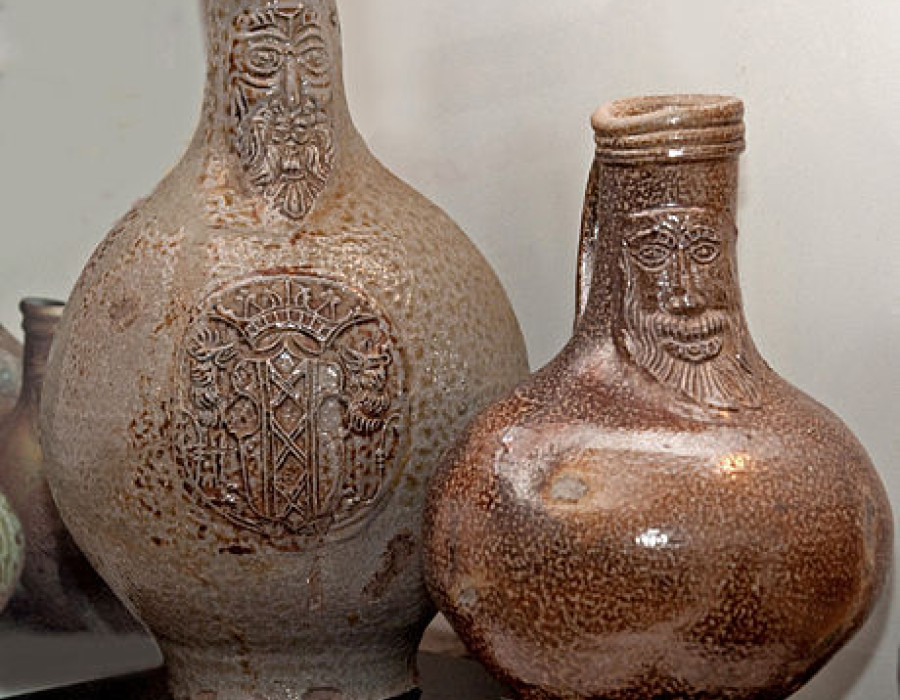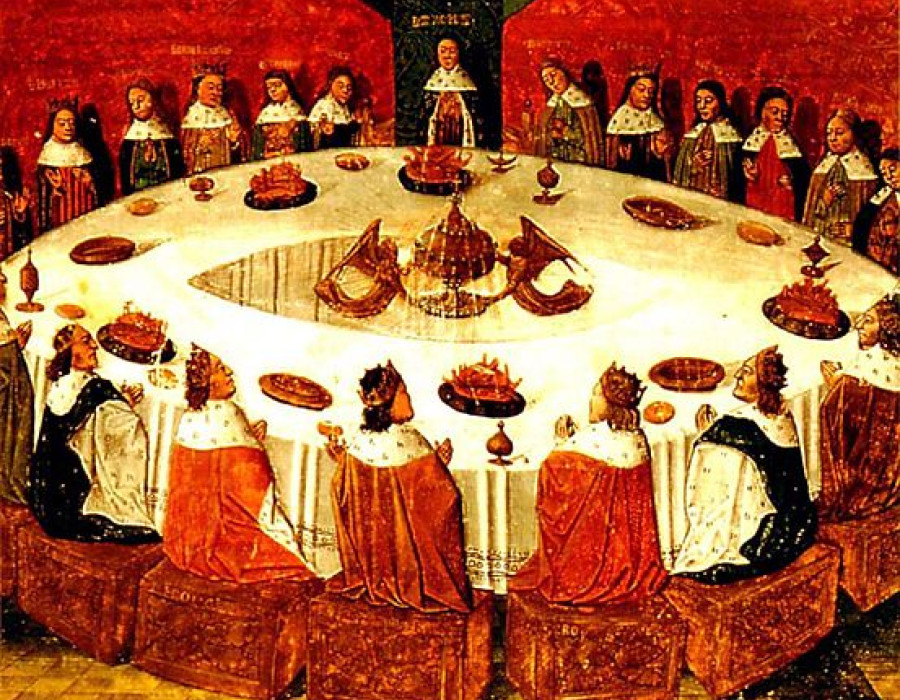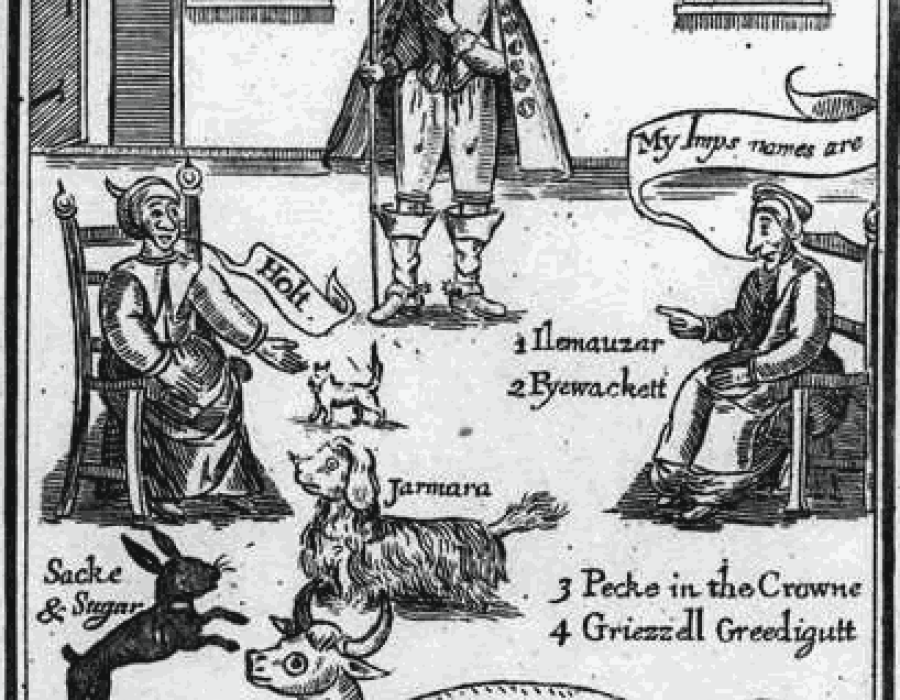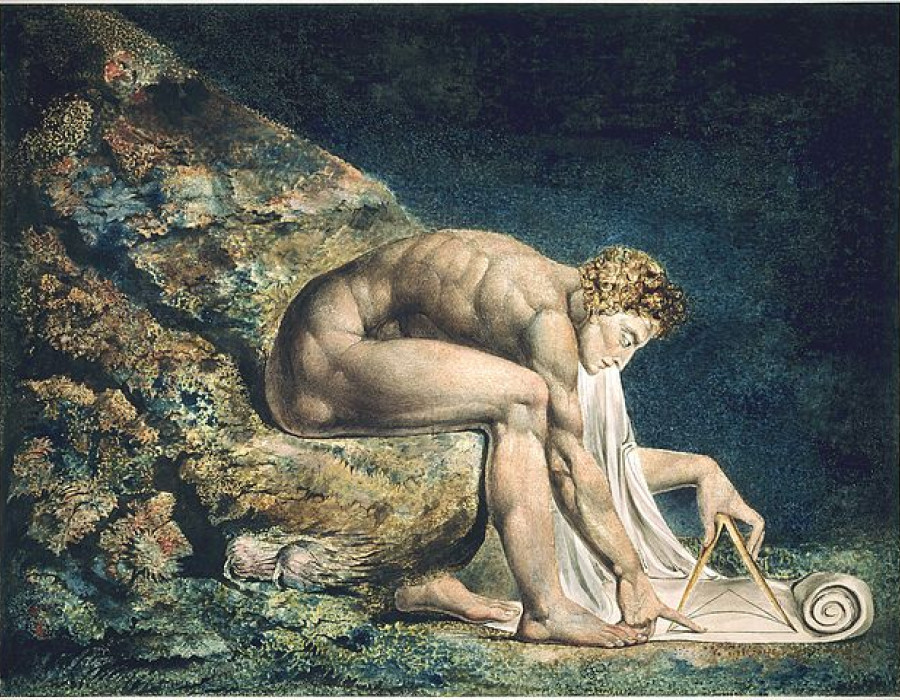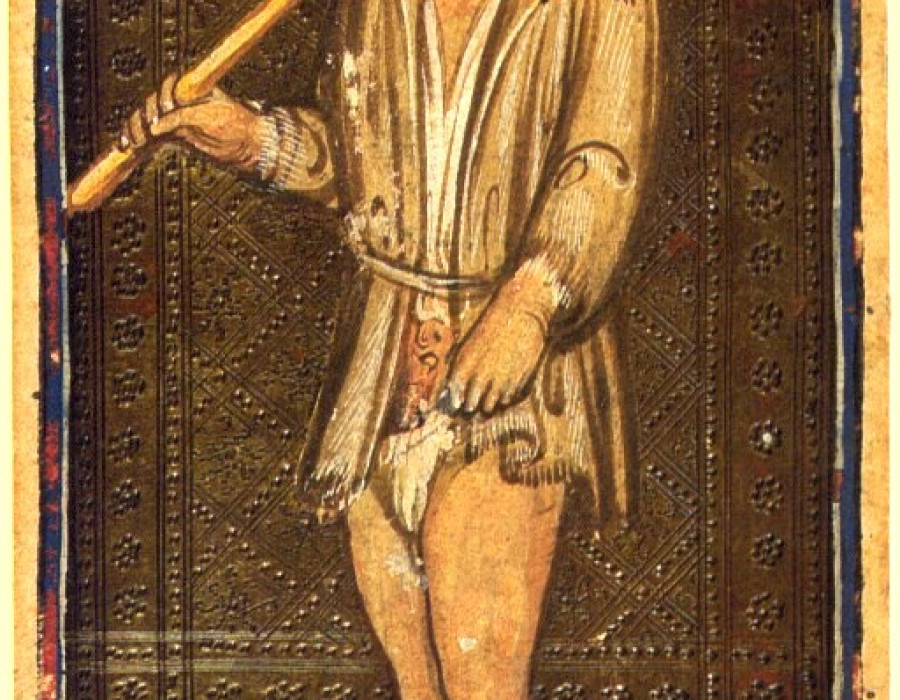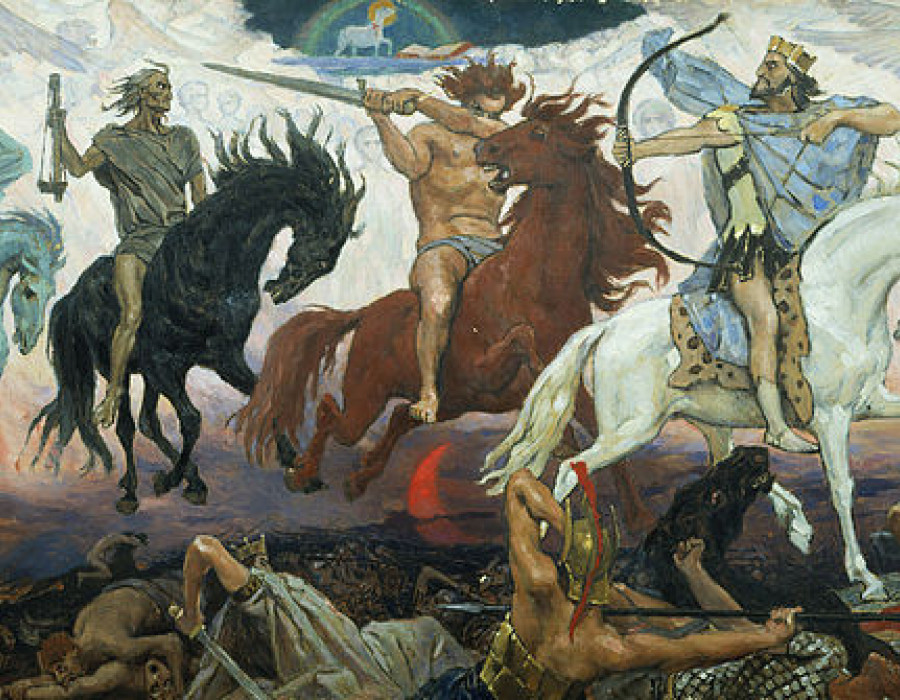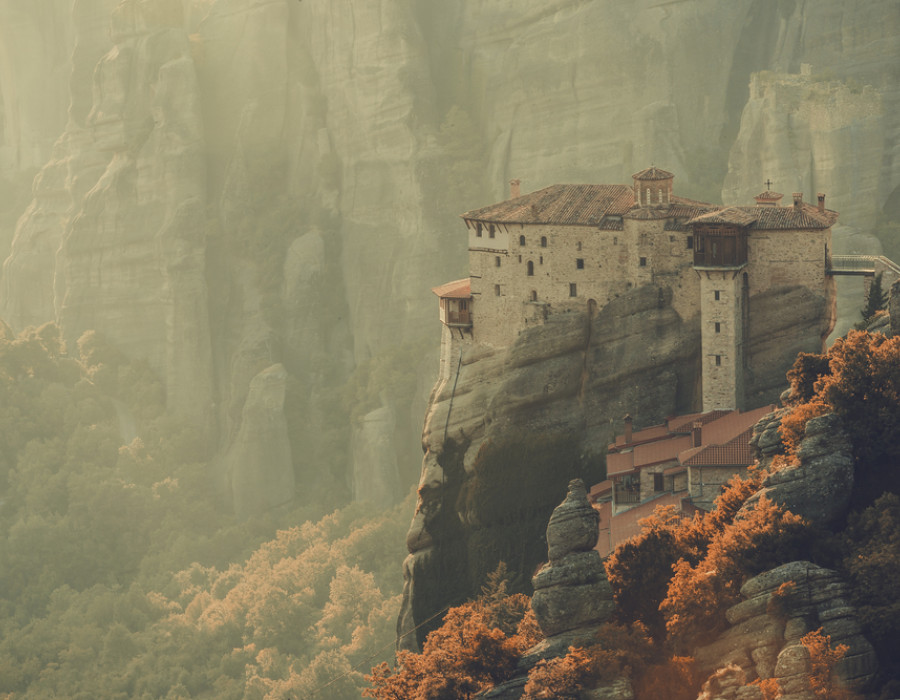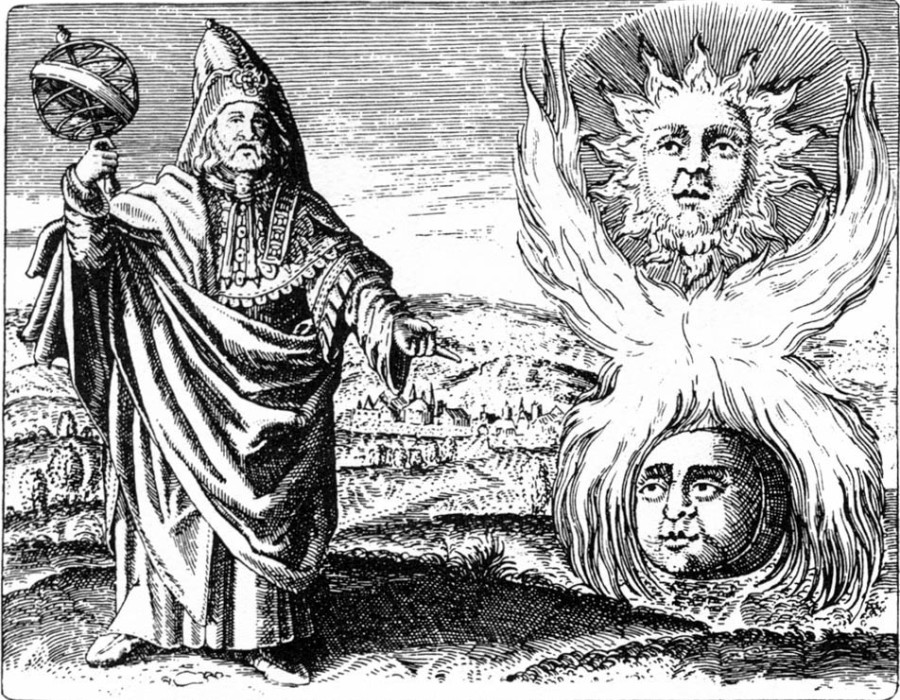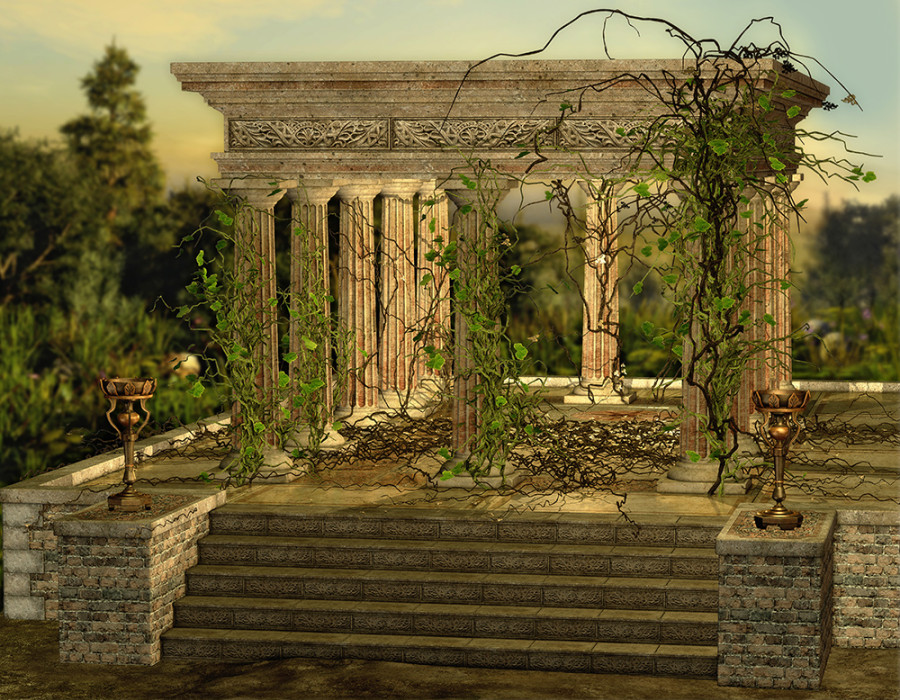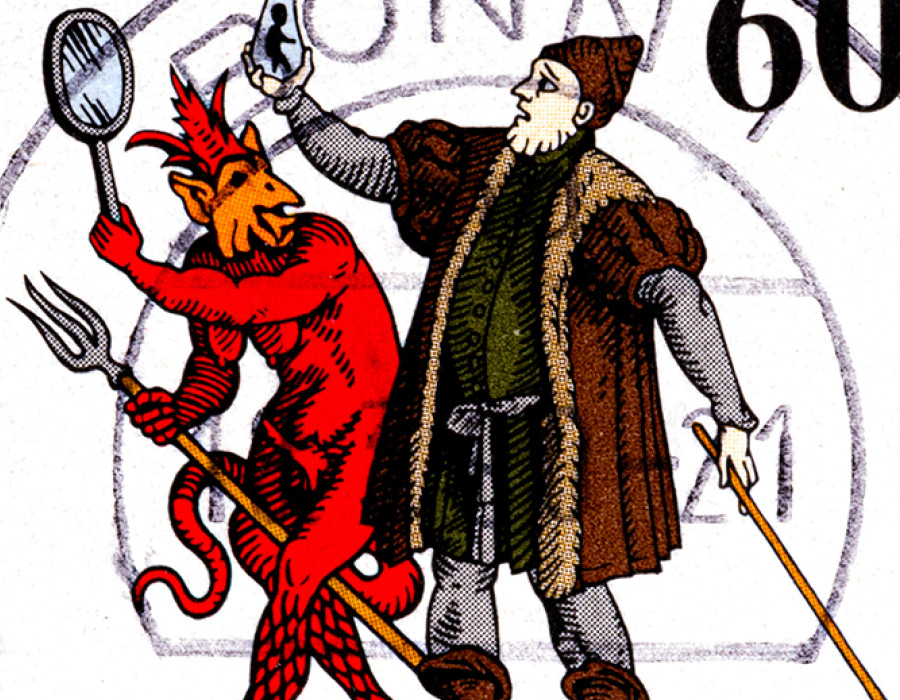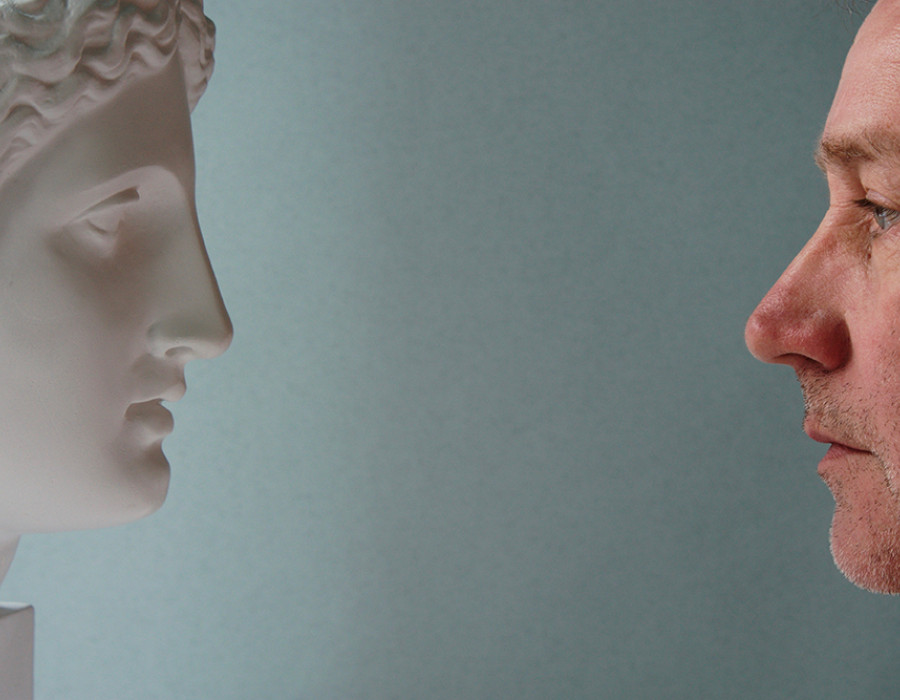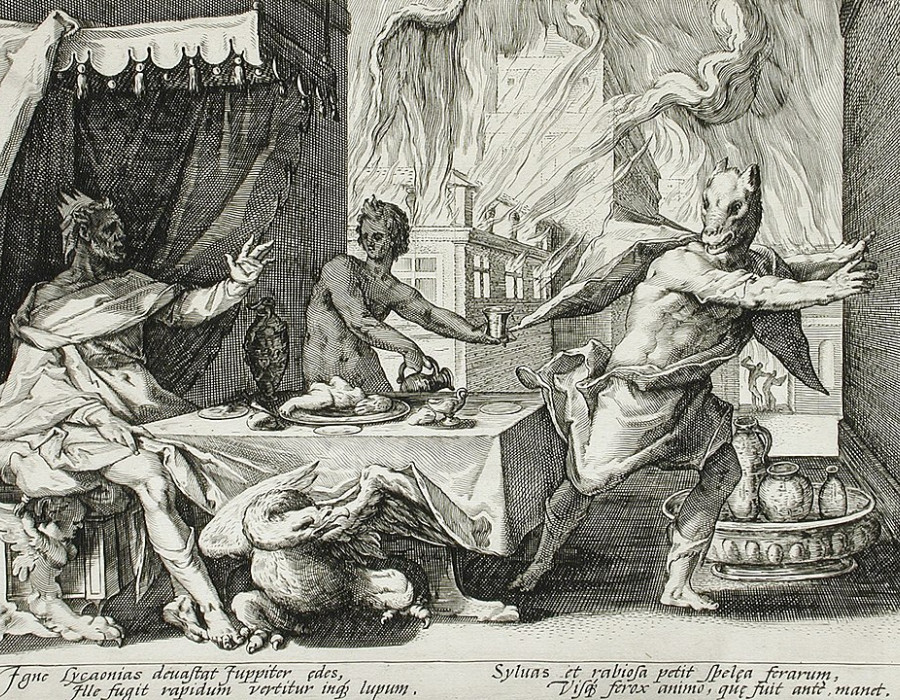
Martin Goodson
Attracting without Asking
The Hidden Art of Spiritual Transformation
If there is ‘no-one’ to realise enlightenment then who are we doing this practice for? The ancient Romans and Greeks may give us a clue.
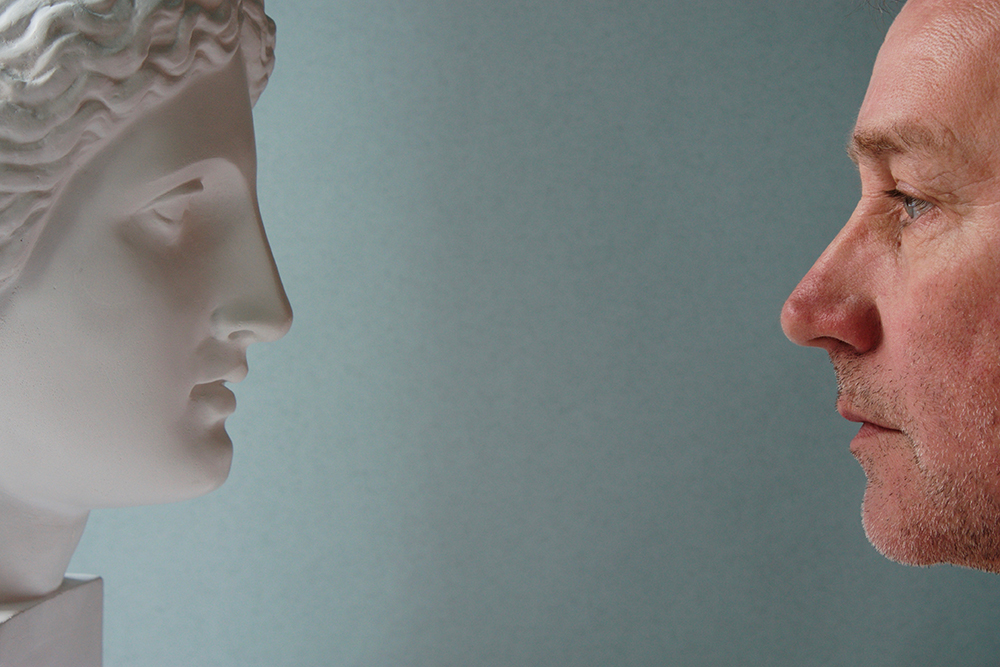 ©
© shutterstock
Previously in our story, a sculptor decided to pass the time making a statue of the bodhisattva Samantabhadra; we cannot presume this choice to be arbitrary. Any and all impulses seek to materialise themselves in actuality. Hunger will be satisfied with nothing less than the eating of food; in the same way the bodhicitta seeks to bring about the manifestation of the Buddha’s liberation and insight. However, for this to occur, the sculptor must create, with his own hands, the vehicle for the bodhicitta to become fulfilled. This vehicle is the bodhisattva which then leads to and slides towards Awakening.
In a parallel, the Ancient Egyptians also held the belief that the fashioning of the statues of their gods invited the deity to dwell in the statue itself. In other words, the statues were not just representations of the deity, they were also the living presence of the deity. The story of Pygmalion captures this sense of partnership between the efforts of the conscious individual and the prevailing ‘other power’ which will then dwell in the produced form. It is for this same reason that the painting of thankas and images of the Buddha follow carefully laid down instructions in order to ensure that the form is suitable for the Wise and Compassionate one to ‘bring to life’. If the image is not suitable, then there is an additional belief that demons can in-dwell instead!
So how does this relate to the practitioner? The spiritual practitioner is also an artist, a creator. Using the raw material of his or her daily life a spiritual being is forged by carefully following the instructions laid down in the teachings. Setting up a daily practice to develop the foundations of mindful awareness, regular meditation, retreats and classes, study etc., all these things are the sculptor’s tools by which the stone of daily life is carefully shaped into the form of the bodhisattva vehicle. It is into this vehicle, in time, that the living spirit of the bodhisattva will be incarnated. This spirit has to be given into the vehicle to bring it to life so that it carries along the way. This spirit comes from one’s own heart of course, but it brings to life the form it touches. Thus, a more useful way of looking at one’s spiritual practices is not as ‘my practice’, but rather as the offering to the bodhisattva to in-dwell this life stream, to guide and bring to fruition the results of the spiritual efforts.
It also happens that, as with the unfortunate sculptor, we are afflicted with the leprosy of the passions, and especially with the delusion of ‘I’. This is the basic attachment, which the Buddha diagnosed in the Four Noble Truths as the cause of suffering. As the disease progresses, all sorts of obstacles will be encountered but they must be overcome. However, it is not just a case of ‘I must overcome these obstacles’ since the impulse itself is sensate and conscious and can be called upon to give guidance. As a being, this ‘other power’ guides, but it behoves us to listen carefully! It will speak through things, through others, through the teachings, through places where like- minded people meet to experience the Buddha field, - which is a force field that is of course that same impulse as that of the bodhicitta. Over time, the practice itself becomes a living being because it now has been given the heart blood and is therefore touched with life. It is curious to note that, although we are used to thinking about Buddhas and bodhisattvas as apart from ourselves, they are quite dependent upon the heart of living beings for existence.
One of the things that all Buddhas must do during their life on earth is to prophesy the next Buddha-to-be. It begs the question why this is so important. Doctrinally, this event is so far off in the future that it seems irrelevant to the beings to whom it is being told. Since the Buddha Dharma will have been lost for a long time by the time of the next appearance, so presumably will the prophecy also be lost . The Buddha must indeed realise this, and yet it is so important that it is one of the ten things he must do. The only conclusion is that somehow this prophecy is entirely relevant to his audience since why otherwise would he tell them?
Perhaps, Maitreya Buddha, the next Buddha-to-be, is not something apart from the practitioner, but is his or her own future realization, the presence of which, being known, now acts as a spur and an enticement to continue when things seem so dark and difficult. Hence, in the Buddha Dharma, one thing finds completion in another. The Buddha turned the Wheel of the Dharma to liberate sentient beings; human beings so moved raise the aspiration which in turn fashions the vehicle to walk the way. The full realisation is a future Buddha who, by his example and teachings, will also in turn provide shelter for others. Thus, our practice, small though it may appear to me, forms part of a chain which lifts it out of the particular and links it back to something much bigger which in turn, despite its impersonal nature, requires the personal and individual in order to attain its own completion in full


